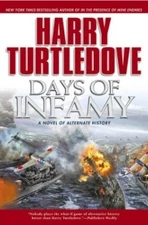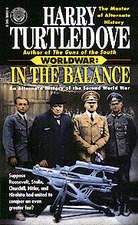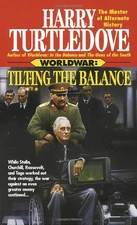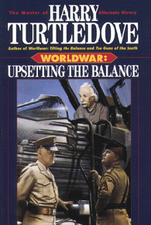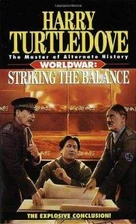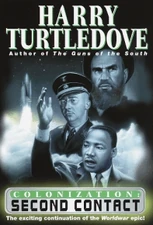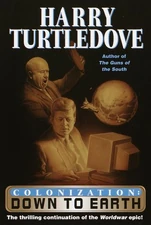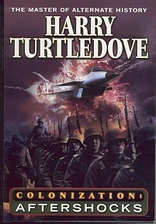| Soviet-Japanese Border Wars | |||||
|---|---|---|---|---|---|
|
|||||
| Belligerents | |||||
| Commanders and leaders | |||||
The Soviet-Japanese Border Wars were a series of border conflicts between the Soviet Union and Japan between 1938 and 1945.
After the occupation of Manchukuo and Korea, Japan turned its military interests to Soviet territories. Conflicts between the Japanese and the Soviets frequently happened on the border of Manchuria. Athough the Japanese learnt valuable lessons at the Battle of Lake Khasan (29 July 1938 – 11 August 1938), they were not used effectively at the Battle of Khalkhin Gol (11 May 1939 – 16 September 1939), forcing the Japanese to seek an armistice with the Soviets, forming the Soviet-Japanese Neutrality Pact.
The treaty was signed in Moscow on 13 April 1941, and at a later date, the treaty was expanded to include a declaration regarding Mongolia and Manchuria. The Soviet Union pledged to respect the territorial integrity and inviolability of Manchukuo, while Japan did the same for the Mongolian People's Republic.
On 8 August 1945, the Soviet Union declared war on Japan and invaded Manchuria, keeping their promise to the other Allies at the Yalta Conference to enter the war with Japan three months after the end of World War II in Europe.
- Note: This article to applies to most of Harry Turtledove's timelines where the point of departure came after 1945.
Soviet-Japanese Border Wars in Days of Infamy[]
After the U.S. Marines successfully landed in Hawaii in 1943, Minoru Genda thought back to the Soviet–Japanese Border Wars after he saw the Sherman tanks that the Americans had brought with them. Realizing that the Japanese had nothing to match them with, he bitterly reminisced about how the Soviet Union had painfully proved that Japanese tanks didn't match up well against those of the other great powers. He grudgingly had to accept that Japan lagged behind the world in tank development.
Soviet-Japanese Border Wars in Joe Steele[]
During the Basra Conference, Charlie Sullivan reflected on the strange business of the Japanese - Soviet Union Neutrality Treaty. It allowed the Soviets to sail across the Pacific Ocean to American West Coast ports, load up on weapons and munitions, then sail back to Vladivostok all without worrying about Japanese submarines. The Soviets would then ship these weapons east on the Trans-Siberian railroad to fire them at Japan's ally Germany.[1]
However, at the same conference, Leon Trotsky agreed to abrogate the Treaty at the appropriate time and help the U.S. invade Japan.[2] The Soviets followed through during Operation: Downfall by first taking the southern half of Sakhalin as well as invading Manchukuo and Chosen. They then invaded Hokkaido, the northern most Home Island while the U.S. invaded Kyushu. When Japan didn't surrender, the two jointly invaded Honshu.[3]
Soviet-Japanese Border Wars in Worldwar[]
Georgy Zhukov commanded Soviet forces in Mongolia in the Soviet-Japanese Border Wars in 1938. His success on that front was the first in a long line of increasingly important military victories that would also come to include defending Moscow from the Germans in 1941 and halting the Race's advance in the winter of 1942. By 1943, these victories had given Zhukov a reputation of excellence that in turn bestowed on him a rare ability indeed: the ability to speak hard truths to Joseph Stalin in private and survive.
See also[]
References[]
- ↑ Joe Steele, pg. 280, HC.
- ↑ Ibid, pgs. 282-283.
- ↑ Ibid, pgs. 314-315.
| |||||||||||||||||
| |||||||||||||||||||
| |||||||||||||||||||||||||
